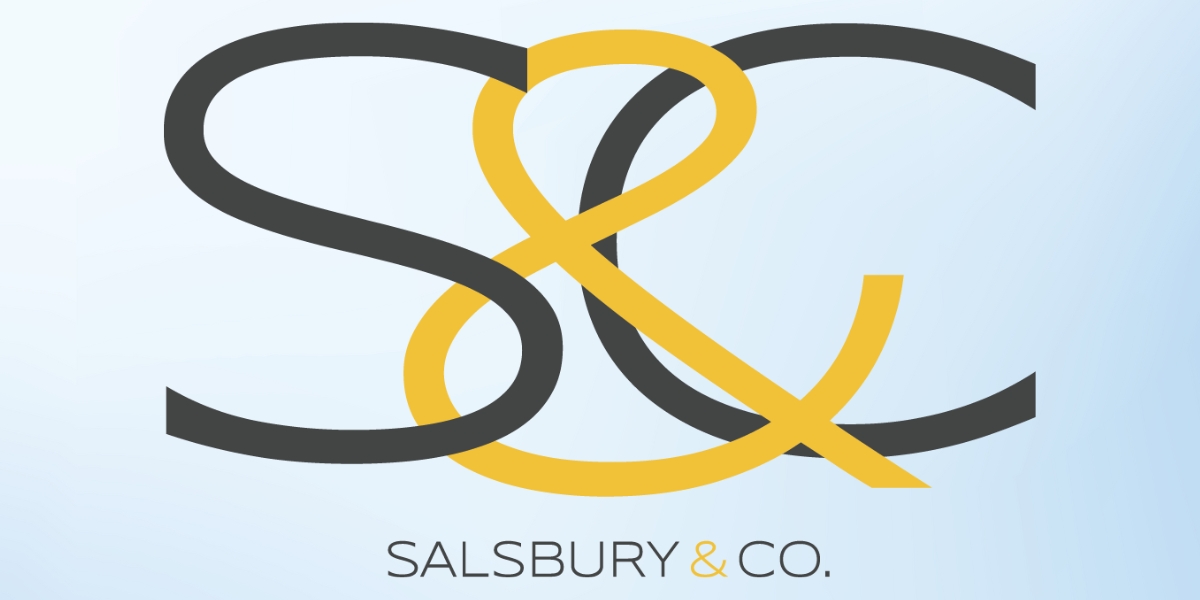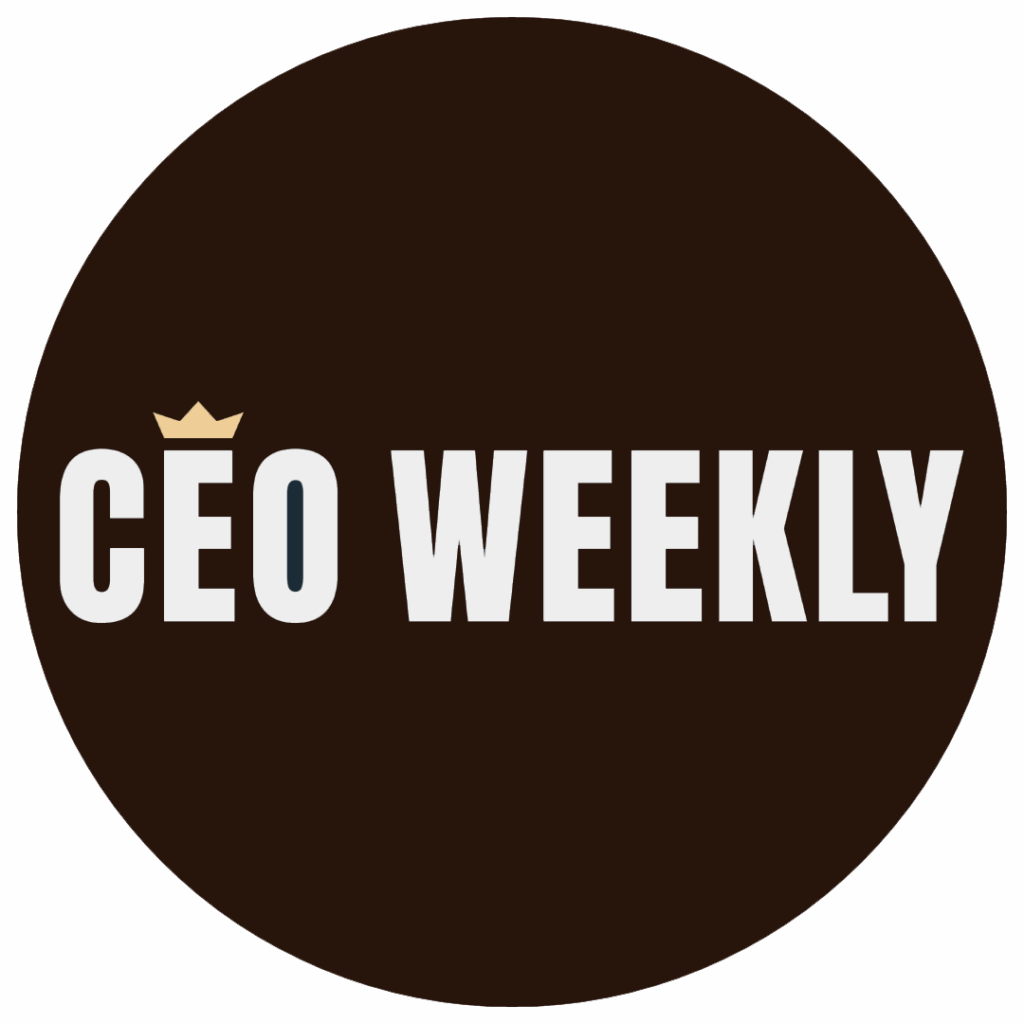For small businesses, foot traffic is a critical factor in their success. It directly influences sales, customer acquisition, brand visibility, and overall growth. The level of foot traffic a business attracts can affect its operational strategies, marketing campaigns, and ability to compete in the marketplace. This article explores why foot traffic is so essential for small businesses and how it impacts various aspects of business performance, from customer experience to operational costs.
Read also: The Challenge of Preparing for a Business Launch
Economic Impact of Foot Traffic
Sales Revenue and Customer Acquisition
Foot traffic is a significant determinant of sales revenue for small businesses. The more customers walk through the door, the greater the potential for generating sales. Higher foot traffic typically leads to more opportunities for customer acquisition, which is particularly important for businesses in highly competitive areas.
For small retailers, even a slight increase in foot traffic can have a substantial impact on their bottom line. Whether it’s a coffee shop or a clothing boutique, attracting walk-in customers is a vital part of their revenue strategy. When foot traffic decreases, businesses often face a direct decline in sales, which may affect their ability to maintain profitability.
Growth Potential
Sustained foot traffic is not only a marker of current success but also an indicator of future growth potential. Consistent customer visits provide valuable data, helping business owners understand which products or services are in demand. This enables them to make data-driven decisions on inventory management, marketing efforts, and expansion opportunities. The long-term growth of a business is closely tied to its ability to draw in a regular flow of customers.
Customer Experience
In-store Experience
The in-store experience is one of the main factors that influence whether foot traffic leads to a sale. Customers who visit a store expect a positive and memorable experience. This can be influenced by store layout, product displays, staff interaction, and overall ambiance. Small businesses that focus on creating a welcoming environment for customers are more likely to convert foot traffic into sales.
When foot traffic is high, businesses often have the opportunity to showcase their brand and make a lasting impression. On the flip side, poor customer service or a disorganized store can deter potential buyers, even if they physically enter the shop.
Impulse Purchases and Customer Retention
Foot traffic encourages impulse purchases—those unplanned buys that customers make while browsing in-store. For small businesses, these purchases can significantly boost sales. When customers are in-store and surrounded by appealing products, they may decide to buy items they hadn’t initially planned to purchase.
Additionally, foot traffic plays a role in customer retention. Visitors who have positive experiences are more likely to return and become loyal customers. High foot traffic means a higher likelihood of repeat visits, especially if businesses actively work on building customer relationships and offering loyalty rewards.
Location Importance
Accessibility and Visibility
One of the most significant factors influencing foot traffic is a business’s location. Accessibility and visibility are key to attracting customers. A store located in a high-traffic area with easy access to transportation, parking, and pedestrian routes will naturally draw more visitors. Proximity to popular landmarks or other businesses can also enhance foot traffic.
Businesses located on busy streets or in malls typically benefit from the constant flow of potential customers passing by. In contrast, businesses located off the beaten path may struggle to attract foot traffic unless they have an exceptional marketing strategy or niche appeal.
Proximity to Other Businesses
The location of neighboring businesses also plays a crucial role in foot traffic. For example, retail stores located near cafes, restaurants, or other complementary businesses tend to benefit from the increased flow of customers. Visitors who come for one purpose may decide to browse nearby stores, adding to the foot traffic for those businesses.
Similarly, clustering businesses together—such as in shopping districts or malls—can create a synergistic effect, where businesses support one another by drawing in the same pool of customers.
Marketing and Advertising
Foot Traffic and Promotions
Foot traffic can be directly impacted by targeted promotions and marketing efforts. Small businesses often use foot traffic as a barometer for how effective their marketing campaigns are. Local advertising, whether through flyers, posters, social media, or online ads, can attract customers to visit in person. Special promotions like “buy one, get one free” deals or limited-time offers can also drive up foot traffic and encourage shoppers to visit during a specific time period.
Local Advertising Effectiveness
Small businesses often rely on local advertising to attract nearby customers. Foot traffic allows these businesses to gauge the effectiveness of their marketing strategies. For example, businesses can track how many people visit the store after a specific ad campaign or seasonal promotion. If foot traffic increases, businesses can deduce that their marketing efforts are effective and continue investing in similar strategies.
Seasonal Trends
Impact of Holidays and Weather
Foot traffic is influenced by various seasonal trends, including holidays, weather conditions, and local events. For small businesses, certain times of the year are more profitable than others. Holidays like Christmas, Thanksgiving, and Valentine’s Day bring an influx of shoppers, increasing foot traffic and sales. Similarly, weather can play a significant role—during warmer months, tourists and locals are more likely to walk around and shop, while colder seasons might see less foot traffic as people stay indoors.
Small businesses that plan for these seasonal changes can tailor their offerings and marketing strategies to maximize foot traffic. For instance, during the holiday season, businesses may offer special discounts or seasonal products to attract visitors. Weather-dependent businesses, like outdoor cafes or farmers’ markets, may need to adapt by creating indoor options or weather-proofing their offerings.
Local Events
Local events, such as festivals, parades, or concerts, can drive significant foot traffic to specific areas of the city. Small businesses that are strategically located near event venues or participating in local festivals can experience a temporary but powerful surge in visitors. This kind of event-driven foot traffic can lead to both immediate sales and long-term customer loyalty if businesses create memorable experiences for attendees.
Operational Costs
Staffing and Rent Based on Foot Traffic
The level of foot traffic also affects a small business’s operational costs, particularly staffing and rent. In high-traffic areas, businesses may need to hire more staff to accommodate the influx of customers, leading to higher labor costs. Similarly, rent is often more expensive in high-traffic areas, which can be a major consideration for small businesses looking to balance foot traffic with profitability.
On the other hand, businesses with low foot traffic may struggle to cover these costs, even with minimal staffing. The cost of rent for a poorly trafficked location may outweigh the sales generated by the small number of visitors.
Utilities and Overhead Costs
Utilities and other overhead costs can also increase as foot traffic rises. Higher customer volumes mean more energy usage—lighting, air conditioning, and heating systems must work harder to accommodate the larger crowds. While the increase in foot traffic can lead to higher sales, the additional operational costs must be carefully managed to ensure that the business remains profitable.
Online Shopping vs. In-store Shopping
How Foot Traffic Supports Physical Retail
Foot traffic remains crucial for physical retail businesses, even in an era dominated by online shopping. Although many customers shop online, there is still a significant demand for in-person shopping experiences. Physical stores allow customers to touch, feel, and try products before purchasing, which online shopping cannot replicate. Moreover, in-store shopping provides businesses the opportunity to engage directly with customers, fostering a deeper connection and encouraging brand loyalty.
Foot traffic supports these physical retail experiences by bringing potential buyers directly to the store, where they can experience the brand firsthand.
Competitive Landscape
How Foot Traffic Affects Small Business Competition
In highly competitive areas, foot traffic can be a decisive factor for small businesses. Businesses located in high-traffic areas tend to have an advantage over competitors that are farther away from popular locations. Additionally, businesses that attract more foot traffic are often seen as more successful or reputable, which can lead to increased brand recognition and consumer trust.
For small businesses, understanding how foot traffic impacts their competition can help them develop strategies to stay relevant in the marketplace. This may include adjusting their location, marketing efforts, or product offerings to better align with customer needs and maximize foot traffic.
Read also: Importance of Aligning Core Values with Your Company Mission
Data Analytics and Tracking
Measuring Foot Traffic
In today’s digital world, businesses have access to a variety of tools to measure and track foot traffic. Using sensors, cameras, or even mobile tracking, businesses can gather data on how many customers visit their store, at what times, and which areas of the store they frequent most. This data can be invaluable for making informed decisions about staffing, store layout, inventory, and marketing.
Adjusting Strategies
Once businesses measure foot traffic and gather insights, they can adjust their strategies accordingly. If foot traffic is low, businesses may tweak their marketing campaigns, run special promotions, or change their store layout to encourage more visits. On the other hand, if foot traffic is high, they can focus on customer retention strategies and optimize the in-store experience to convert those visits into sales.
Foot traffic is a vital component of a small business’s success, influencing everything from revenue to customer experience and operational costs. By understanding how foot traffic affects various aspects of business operations, small business owners can make more informed decisions that drive growth, enhance customer retention, and maximize profitability. Monitoring and adjusting strategies based on foot traffic is essential for staying competitive and thriving in today’s fast-paced business environment.








